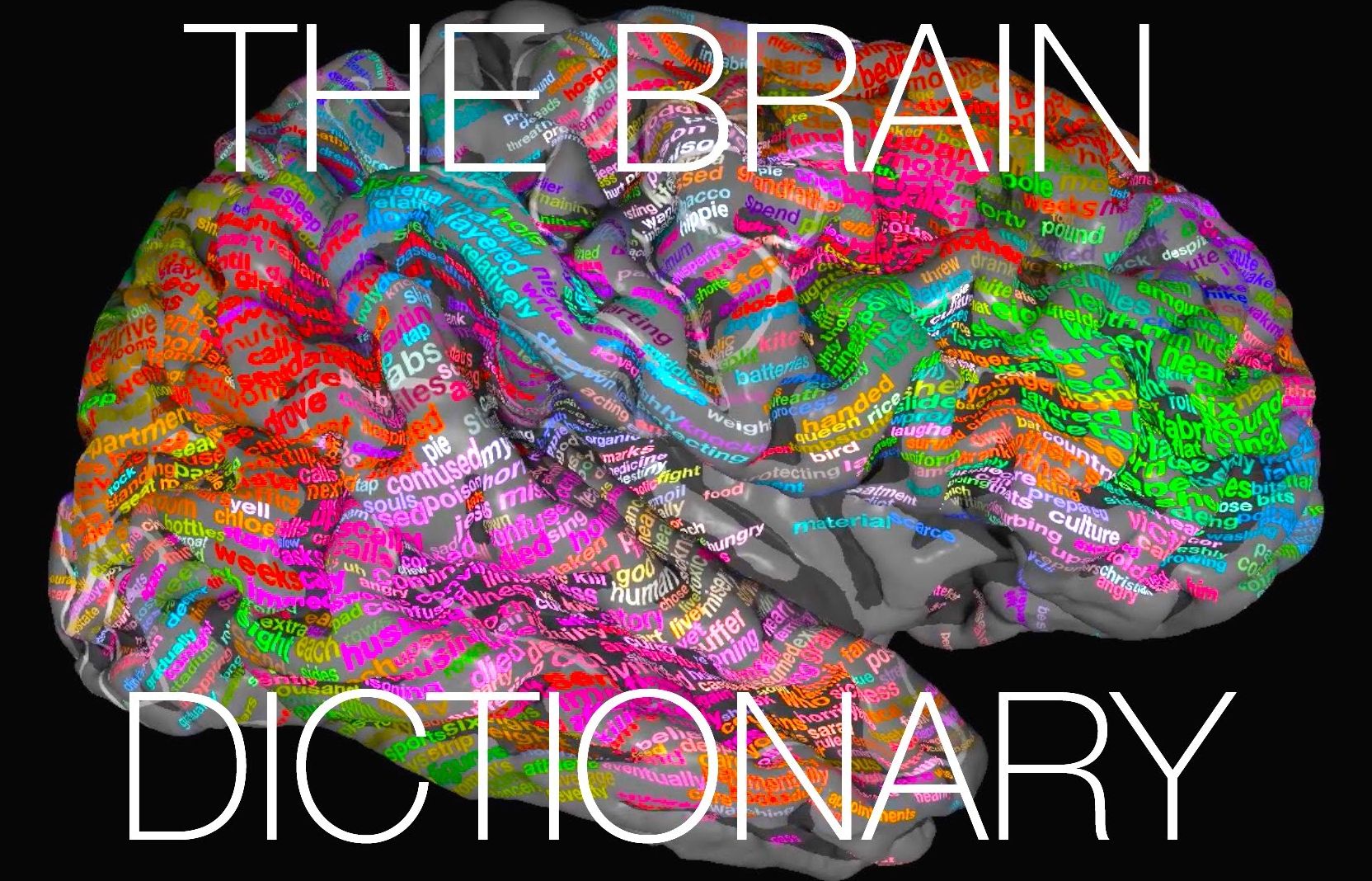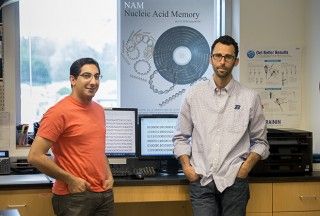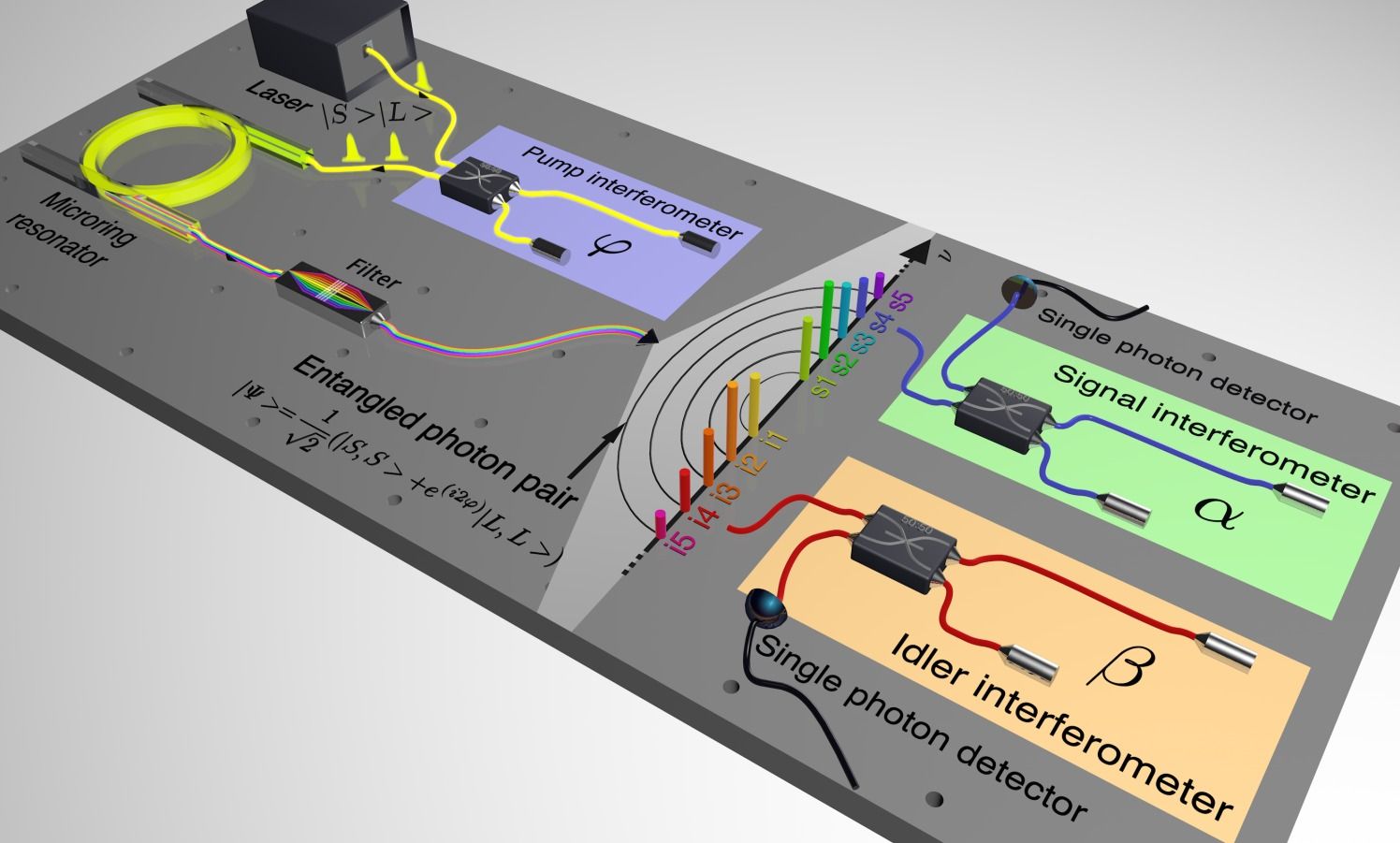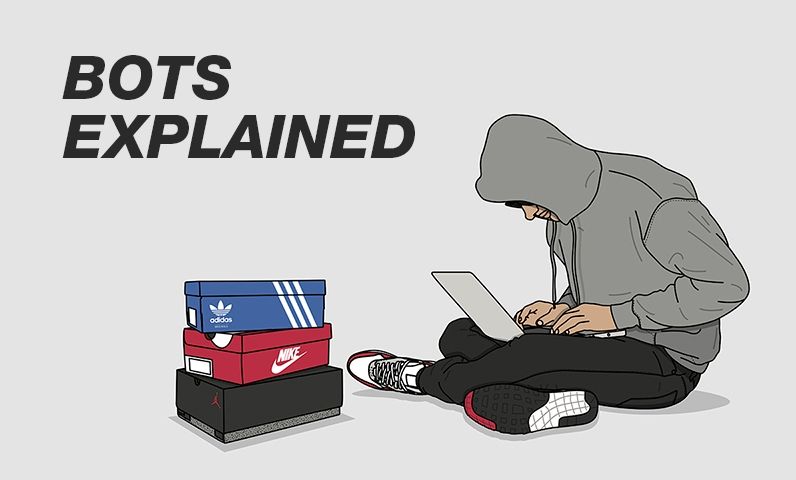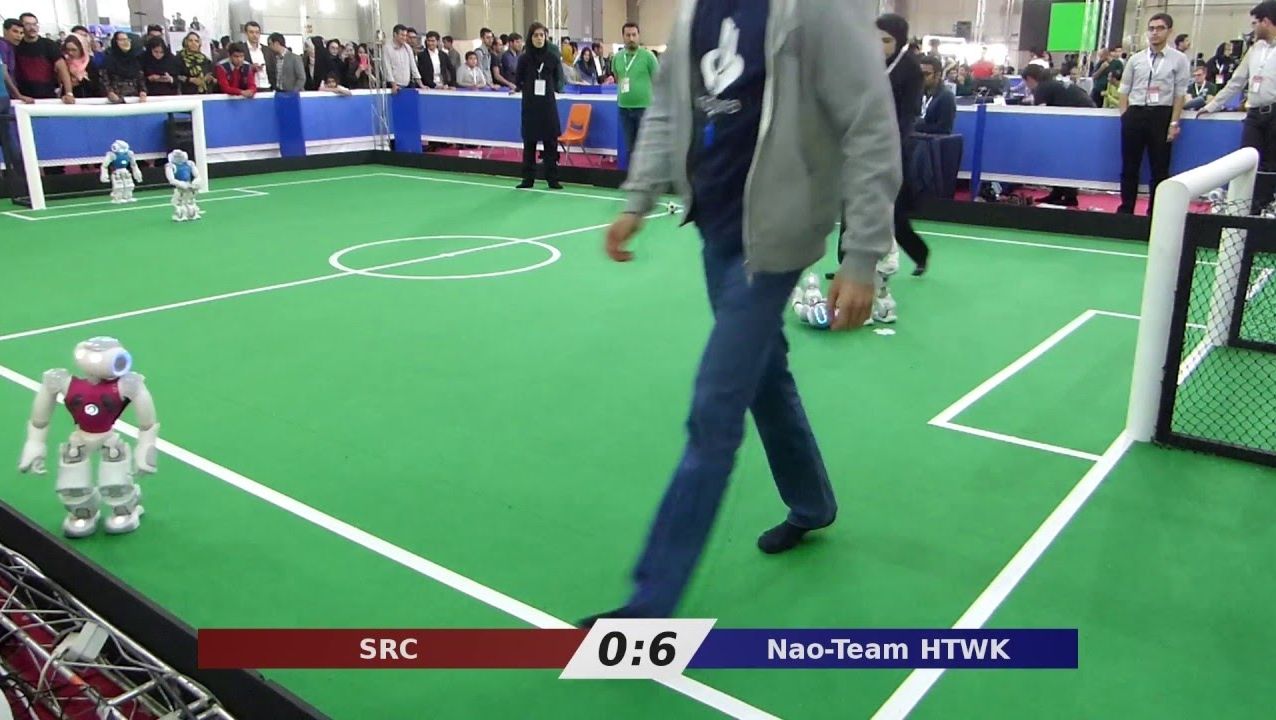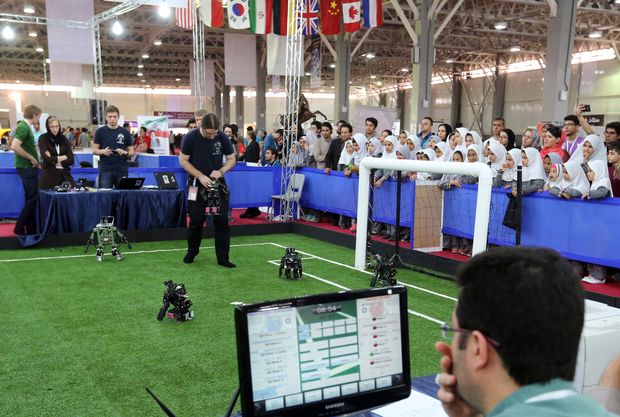Apr 27, 2016
Brain’s ‘thesaurus’ mapped to help decode inner thoughts
Posted by Karen Hurst in category: neuroscience
What if a map of the brain could help us decode people’s inner thoughts?
Scientists at the University of California, Berkeley, have taken a step in that direction by building a “semantic atlas” that shows in vivid colors and multiple dimensions how the human brain organizes language. The atlas identifies brain areas that respond to words that have similar meanings.
Continue reading “Brain’s ‘thesaurus’ mapped to help decode inner thoughts” »
